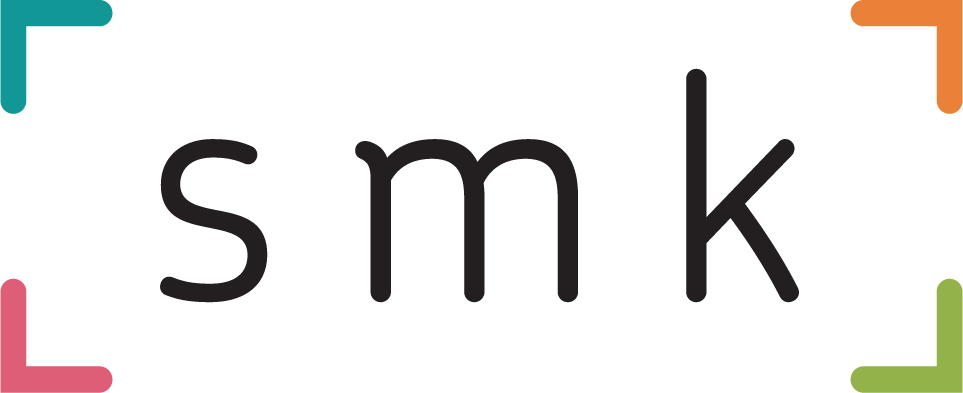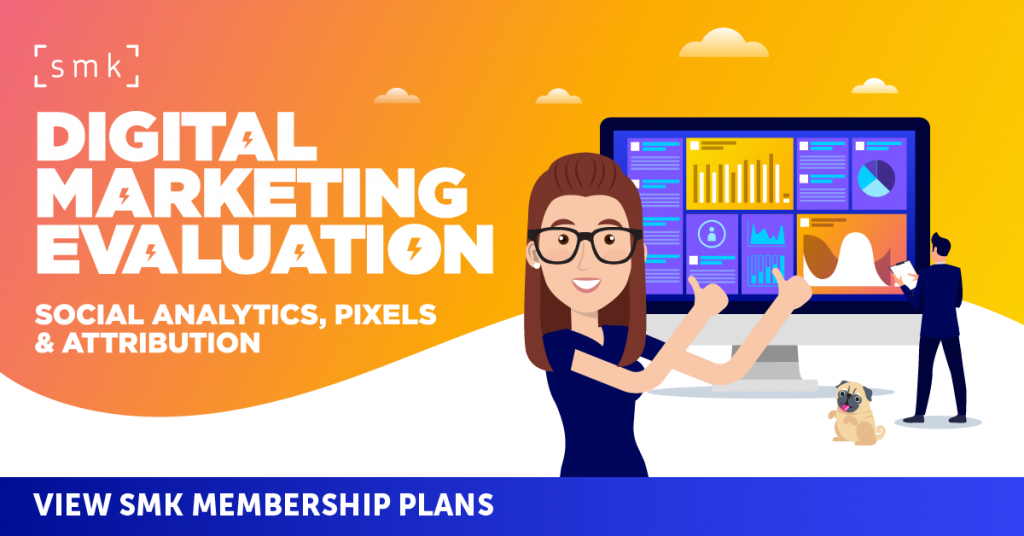Facebook Engineers Dispel Ranking Myths
Getting Facebook right is hard. It changes its algorithm without prior warning, post reach fluctuates widely, and the people who Like or Follow your page are as fickle as spring in Melbourne.
Finding out how the Facebook algorithm works on a fundamental level is the key to driving meaningful business outcomes from the channel.
After several months of conservative/ anti-conservative bias claims and long-running allegations of deliberate stoking of outrage on platform, Facebook has moved to clarify its News Feed ranking signals.
Whilst some of the recent insights from Facebook’s data scientists are relatively obvious, the nuanced nature of how signals interact makes for interesting reading for marketing communicators.
Facebook ranking signals
Facebook ultimately makes choices based on prior interactions of individual users, the Post’s recency, and whether or not a user has already seen the Post.
Facebook calls this ranking, and it uses ranking to organise the content of a user’s News Feed. Ranking has four elements:
- Available inventory. These are the stories a user hasn’t seen from their Friends or the Pages they follow.
- Signals. Information Facebook has available to it, like how old a story is or who posted it. Signals are used to try and make informed predictions.
- Predictions. How likely a user is to comment, like, or share a story? On the flip side, it’s also how likely a user is to report or hide a post. Facebook uses these predictions to create a relevancy score.
- Relevancy score. Each Post has a relevancy score, which ranks a post based on how interested Facebook thinks a user will be in the individual Post. Higher ranking posts will appear more predominantly, lower-ranking posts less so.
All four ranking elements feed into one other. Signals can only work if Facebook knows what inventory is available, while the predictions it makes on what content a user would like to see is what it bases each posts’ relevancy score on.
Machine Learning (ML) does some heavy lifting
Facebook leverages machine learning (ML) to complement its ranking system. Its ML system isn’t just one algorithm; it’s lots of algorithms that work together to try and sift through the incredible amount of information that Facebook is bombarded with every day.
Machine learning also tackles clickbait posts and tries to spot and remove misinformation.
“Put simply, the system determines which posts show up in your News Feed, and in what order, by predicting what you’re most likely to be interested in or engage with.
These predictions are based on a variety of factors, including what and whom you’ve followed, liked, or engaged with recently.”
The overall objective is to find posts that Facebook users will most likely enjoy and interact with while removing harmful or malicious content.
How Facebook judges a post
Facebook looks at different post characteristics to come up with that prediction. Facebook used the example of a fictional user, Juan, and his friends Wei and Saanvi, to describe what post characteristics the ML looks at.
“If Juan has engaged with more video content than photos in the past, the like prediction for Wei’s photo of his cocker spaniel might be fairly low.
In this case, our ranking algorithm would rank Saanvi’s running video higher than Wei’s dog photo because it predicts a higher probability that Juan would like it.”
Chronology is important
We can see here that Facebook places a high priority on engagement and chronology.
Suppose a user is highly engaged with your brand on Facebook. In that case, they are more likely to see your content – while posting more than once a day, as long as it doesn’t get repetitive or bland, could be helpful if you want to reach more of your audience as they scroll their Feed throughout the day.
Adam Mosseri, Head of Instagram, former Facebook News Feed lead
“Because recency is an important signal, News Feed is likely chronological, but not strictly so.”
A point also confirmed in a recent post on how the algorithm places content on New Feed.
“News stories may be ranked based on chronological data associated with interactions with the news stories so that the most recently shared news stories have a higher ranking.”
Engagement is vital
Facebook will rank some posts higher than others based on how likely a user is to interact with them. If a user has a history of liking or commenting on cat videos, they will appear in the News Feed ahead of another friend’s posts that are not engaged with as frequently.
The favouring towards interactivity suggests that it’s essential for brands and marketers to know what your audience requires since posts will be ranked based on prior engagement. As each person will see a different News Feed, there’s no hard and fast rule about what type of content should be posted.
One user will like videos, another graphics, a third content links. Meaning you need to do your research and provide varied content that your audience is drawn to engage with.
Not to mention experimenting continuously, if you wish to maximise unpaid exposure.
Every Feed is highly personalised
Each ranking signal is given different importance based on the user. Therefore, posts need to reach out to every user and compel them to interact in the way they prefer to do, whether that’s with a like, comment, or share.
“A score for each story is calculated independently, and then all 500 posts are put in order by score. For some, the score may be higher for likes than for commenting, as some people like to express themselves more through liking than commenting.
Any action a person rarely engages in (for instance, a like prediction that’s very close to zero) automatically gets a minimal role in ranking, as the predicted value is very low.”
Hence the benefit of varied content pillars within an effective content marketing plan, and perhaps overarching themes that touch on various emotional triggers.



RECOMMENDED FOR YOU
Facebook Rebrands All Videos as Reels in Major Shift
Meta is doubling down on short-form video by reclassifying…
Meta is doubling down on short-form video by reclassifying…
Meta Brings AI Video Editing to Instagram and Meta AI
Meta has launched a new AI-powered video editing feature…
Meta has launched a new AI-powered video editing feature…
Google Expands AI Max To Boost Search Ads
As generative AI continues to reshape how people interact…
As generative AI continues to reshape how people interact…